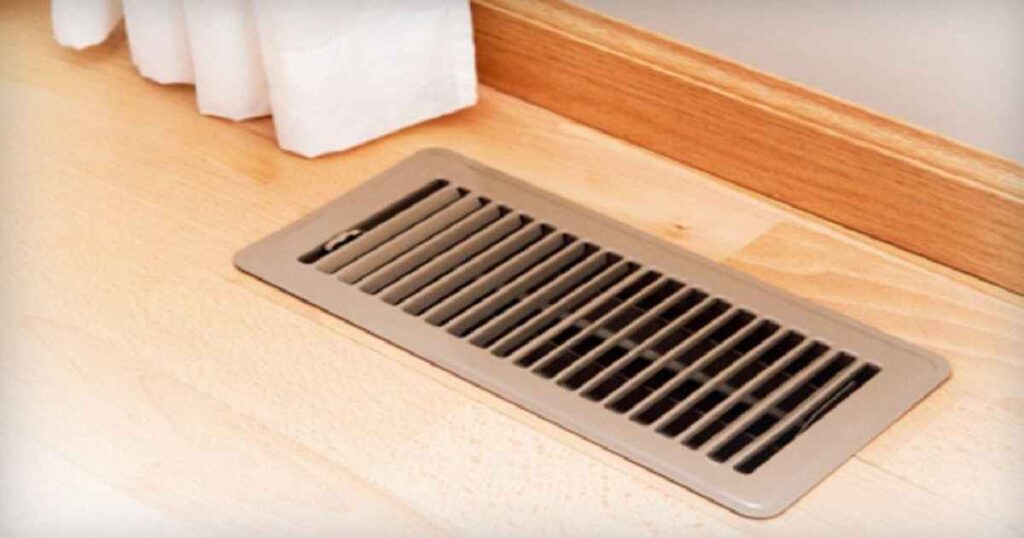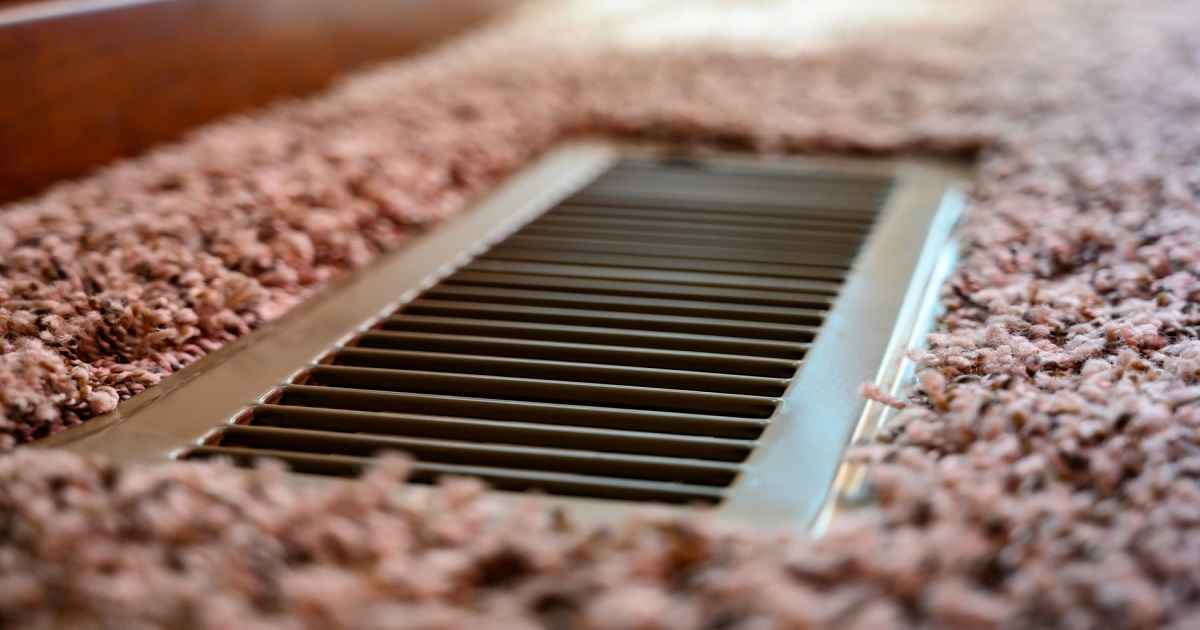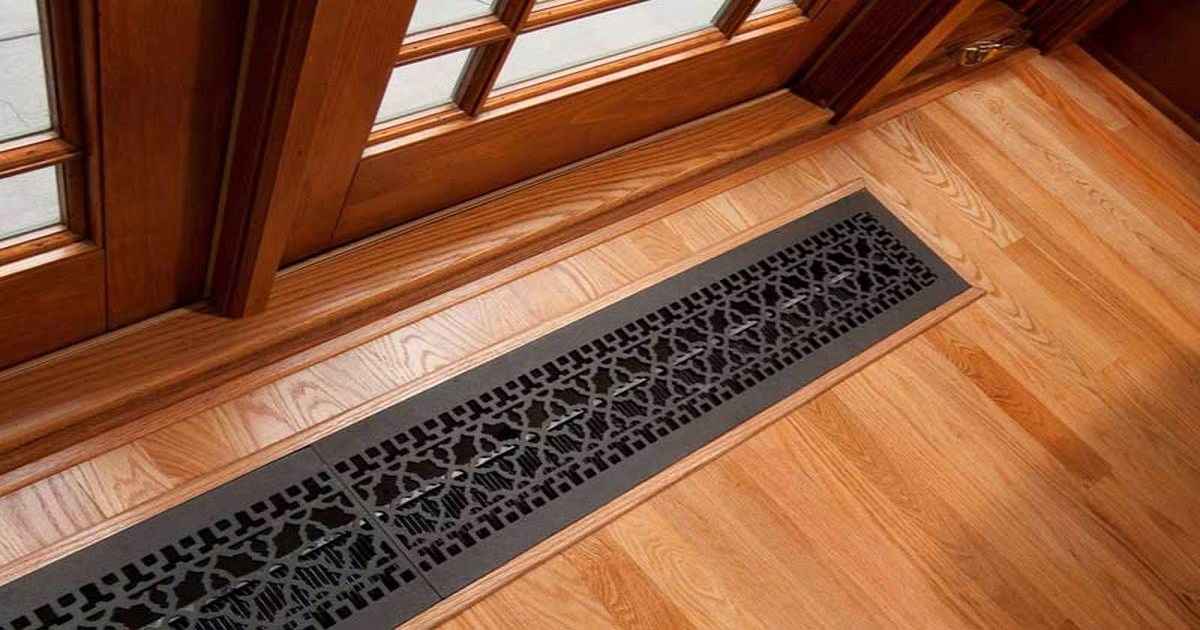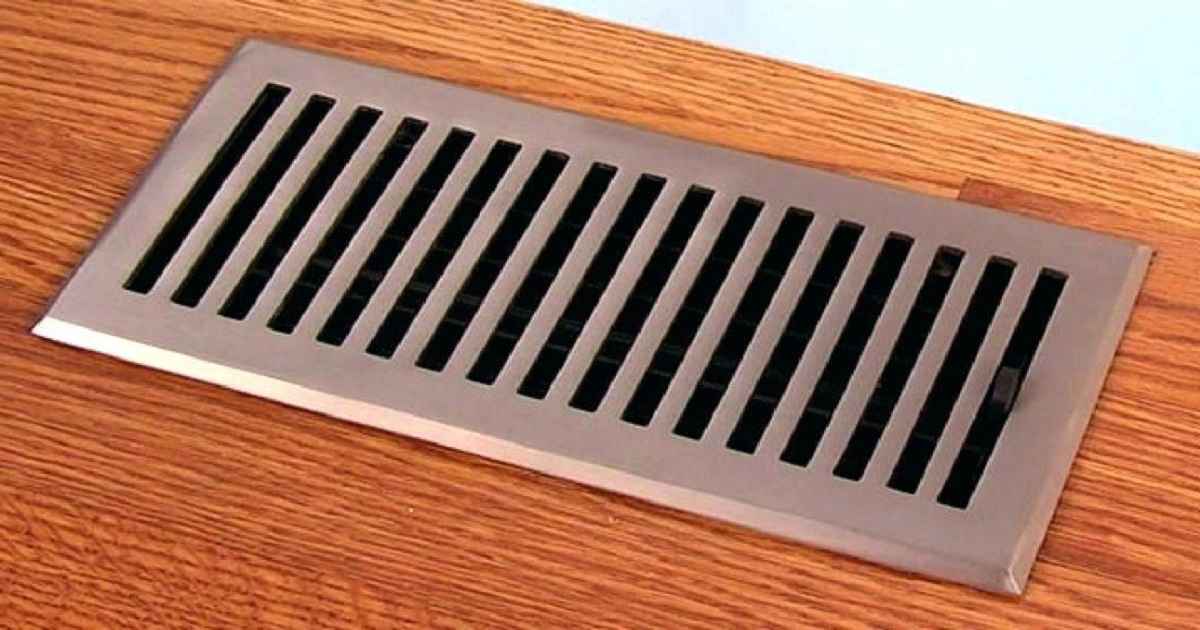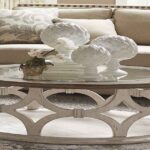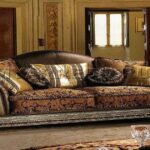Can You Cover A Vent With Furniture
Covering Vents with Furniture: A Comprehensive Guide
When rearranging your living space or planning the layout of a new home, the question of “Can you cover a vent with furniture?” often arises. This inquiry is crucial for maintaining both the aesthetic appeal of your rooms and the efficiency of your home’s heating, ventilation, and air conditioning (HVAC) system. In this guide, we will navigate through the considerations, do’s, and don’ts, as well as alternatives for covering vents with furniture.
Understanding Air Vents and Their Importance
Air vents are a critical component of your home’s HVAC system. They facilitate the flow of air throughout your living spaces, ensuring that heated or cooled air is distributed evenly. This not only keeps your home comfortable but also helps in maintaining the quality of your indoor air. Blocking these vents can lead to several issues, including reduced system efficiency, increased energy costs, and even damage to your HVAC system.
Considerations Before Covering Vents with Furniture
Before placing furniture over an air vent, several factors need to be taken into account to avoid negatively impacting your HVAC system’s performance and your home’s comfort.
Airflow Restriction
Covering a vent restricts airflow, which can strain your HVAC system. This restriction makes your system work harder to distribute air, potentially leading to increased energy bills and reduced system lifespan.
Indoor Air Quality
Proper ventilation is essential for maintaining good indoor air quality. Blocking vents can lead to poor air circulation, resulting in stagnant air and the buildup of pollutants.
Comfort Levels
Uneven heating or cooling can occur when vents are obstructed, leading to hot or cold spots in your home. This can significantly affect your comfort levels, especially in extreme weather conditions.
Do’s and Don’ts of Covering Vents with Furniture
Do:
- Use vent deflectors: These are designed to direct airflow out from underneath furniture, ensuring that air circulation is not compromised.
- Choose furniture with legs: Furniture that is raised off the ground allows air to flow beneath it, reducing the impact on ventilation.
- Regularly inspect and clean vents: Even if partially covered, ensure that vents are free of dust and debris to maintain air quality and system efficiency.
Don’t:
- Completely seal off vents: Ensure there is enough space for air to circulate, even when using vent deflectors.
- Place heat-sensitive items over vents: Electronic devices and certain types of wood furniture can be damaged by the constant flow of warm or cool air.
- Ignore room layout and vent locations: When planning your space, consider vent locations to minimize the need to cover them.
Alternatives to Covering Vents with Furniture
If possible, it’s best to avoid placing furniture over vents altogether. Here are some alternatives:
- Rearrange your layout: Consider different furniture arrangements that do not require covering vents.
- Use decorative grilles: If a vent must be covered, use a decorative grille designed to allow air to pass through freely.
- Consider custom solutions: In some cases, it may be possible to relocate vents or adjust your HVAC system’s design to accommodate your furniture layout.
The Impact on HVAC Efficiency
Covering vents with furniture can have a significant impact on your HVAC system’s efficiency. Reduced airflow can cause your system to run longer cycles, increasing wear and tear and potentially leading to premature failure. It’s essential to balance aesthetic considerations with the practical needs of your home’s heating and cooling system.
Maintaining Comfort and Efficiency
To maintain both comfort and efficiency, consider these tips:
- Periodically rearrange furniture to prevent long-term blockages of vents.
- Invest in smart thermostats and HVAC zoning systems that can adjust to varying airflow patterns and maintain consistent temperatures throughout your home.
- Consult with HVAC professionals before making significant changes to your layout or if you experience issues with heating and cooling after rearranging your space.
Conclusion
While covering vents with furniture is not recommended due to the potential for restricted airflow, increased energy costs, and reduced HVAC efficiency, there are ways to mitigate these effects. By using vent deflectors, choosing the right furniture, and considering alternative layouts, you can achieve a balance between aesthetic appeal and functional home design. Always prioritize the health of your HVAC system and indoor air quality to ensure your home remains a comfortable and efficient living space.
